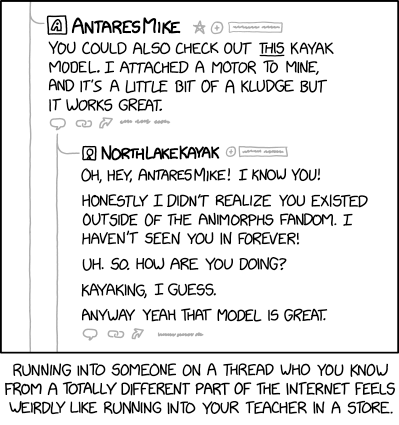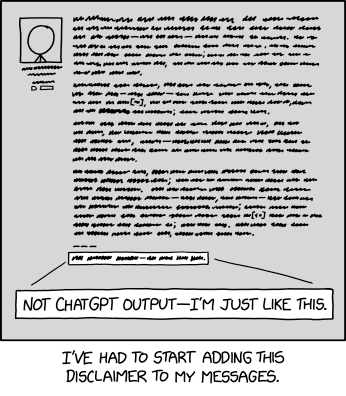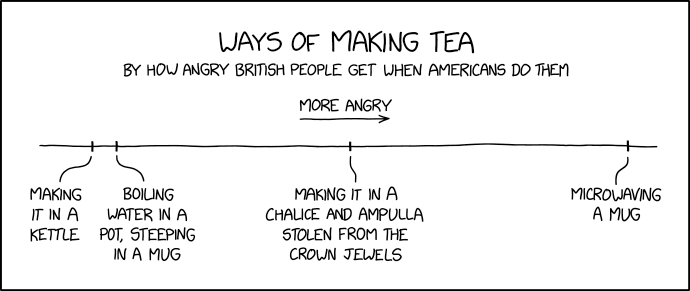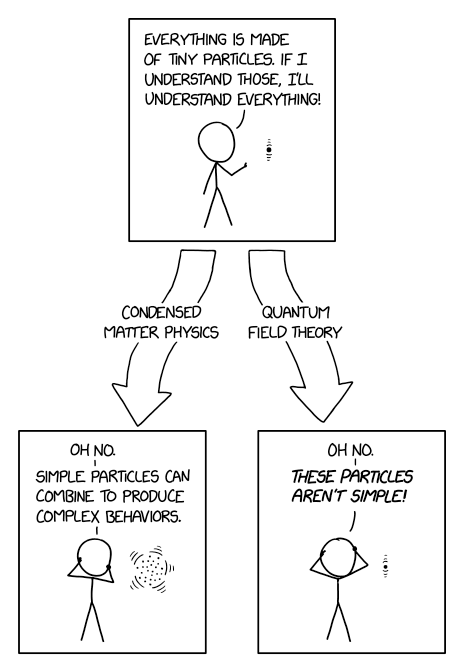
Look, just because I use em dashes—which I first saw in a book when I was like ten years old and have been using ever since—doesn't mean I'm using a chatbot. I think they're cool. That's all there is to it.
East Helena, MT
I put my strongest small ceramic bakeware in the toaster oven, filled with water. Sometimes you just gotta do things slow and appreciate life. Not like you'll be appreciating the tea; it's still not ready yet.
East Helena, MT
7 public comments
You can’t microwave water, it will be polluted with radiation! Do you really want your kids exposed to electromagnetic waves?
Bend, Oregon

It's not that 110V kettles are less efficient at turning electricity to heat than 240V - they're just less powerful. UK kettles draw up to 3 kilowatts, while ones in the US max out at around half that.
What's weird is when you get into the details. Apparently American electric kettles are much slower than British ones (British people keep telling me it takes 30 seconds to boil water in an electric kettle; mine takes 5 minutes) while American microwaves are much faster (Again, takes 90 seconds in mine; they claim it takes 10 minutes). (There is some truth here; electric kettles are less efficient using American 110 mains voltage, not sure why British microwaves are so weak though)
Columbia, MD
Make yourself a plate of wings. Decide after the outcome whether they were comfort wings or celebratory wings.
East Helena, MT
2 public comments

The Wagner Principle proves that every chance is 50/50: https://www.youtube.com/watch?v=lalvQQoFvBA
Silicon Valley, CA
Next Page of Stories



